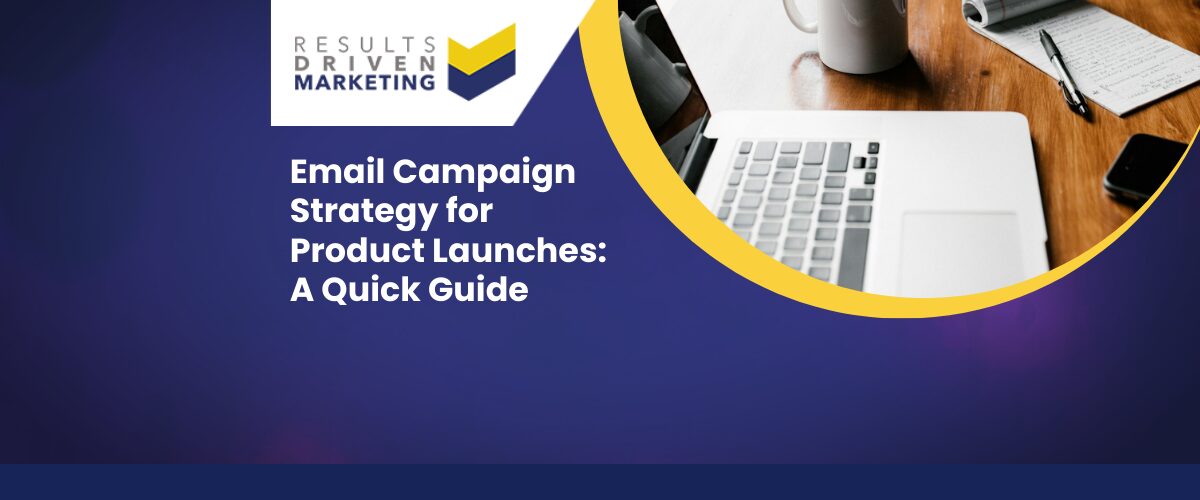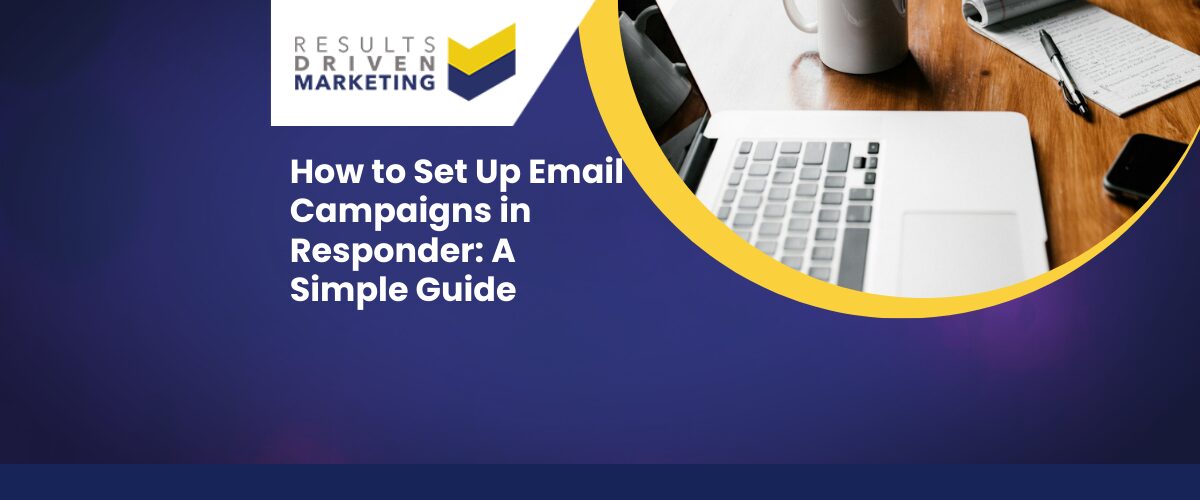Top insights for vehicle tracking buyers
Vehicle tracking buyers are a critical audience for SMEs offering fleet, telematics, or data-driven solutions—but too often, businesses miss the mark by treating them as a one-size-fits-all group.
Today’s buyers are informed, pressured by ROI expectations, and navigating increasingly complex needs. They want solutions that not only track vehicles but improve productivity, reduce fuel costs, and ensure compliance with regulations. That means generic messaging and broad outreach just won’t cut it.
For SMEs using purchased B2B data, the real advantage lies in understanding what makes these buyers tick. Who are they? What problems are they trying to solve? When are they most open to engagement?
By gaining clarity on the vehicle tracking buyer profile and using data strategically, businesses can create sharper campaigns, spark more relevant conversations, and convert leads into long-term customers.
The Evolving Landscape of Vehicle Tracking Technology
The world of vehicle tracking has evolved far beyond simple GPS dots on a map. Today’s vehicle tracking buyers are navigating a sophisticated tech ecosystem that includes real-time telematics, driver behaviour monitoring, route optimisation, and API integrations with fleet management platforms.
Solutions now offer live alerts, predictive maintenance, and compliance reporting—all wrapped in mobile-friendly dashboards. For SMEs looking to sell into this space or choose the right system, understanding these innovations is crucial.
What vehicle tracking buyers care about most isn’t just features—it’s outcomes. They want to reduce operational costs, ensure driver accountability, streamline compliance, and gain real-time visibility into their assets. In some industries, like logistics or construction, these needs are even more specialised.
Who Are Vehicle Tracking Buyers? Profiles and Decision Drivers
Common Buyer Roles
- Fleet Managers: Often the primary users of the system. They care about ease of use, reporting tools, and real-time insights.
- Operations Directors: Focused on how tracking fits into the wider business workflow and efficiency goals.
- Managing Directors/CEOs: Interested in ROI, risk management, and long-term scalability.
- Procurement Officers: Typically control the budget and vendor evaluation process.
Top Influences on Buying Decisions
- Performance: Does the system deliver accurate, actionable insights?
- Pricing Models: Subscription, upfront costs, contract terms.
- Ease of Integration: Can it plug into existing software (e.g., ERP or dispatch systems)?
- Regulatory Compliance: Can it help meet legal requirements and GDPR?
How B2B Data Helps Segment and Target Effectively
Using smart B2B data, you can segment audiences by job title, company size, industry (e.g., transport, field service, utilities), and location—then tailor messaging to match each role’s unique perspective.
Data-Driven Strategies to Reach Vehicle Tracking Buyers
Build Segmented Outreach Lists
Start by identifying key filters that matter:
- Industry (e.g., logistics, construction, field services)
- Fleet Size (number of vehicles often correlates with urgency and budget)
- Location (regional targeting for sales or service coverage)
Customise Messaging Based on Buyer Profiles
A fleet manager cares about visibility and efficiency. A managing director cares about ROI and business growth. Your cold emails, calls, or paid ads should reflect these priorities—matching their language and highlighting relevant benefits.
Align with the Buyer Journey
From awareness to decision, vehicle tracking buyers go through predictable stages. Use B2B data to target them at each stage with appropriate content:
- Awareness: Pain point–driven messaging
- Consideration: Product comparisons, case studies
- Decision: Demos, pricing breakdowns, expert consultations
Real-World Examples: Successful Campaigns Targeting Vehicle Tracking Buyers
Case 1: Logistics SME with Geo-Targeted Outreach
A UK-based logistics company wanted to expand into new regions. Using segmented B2B data, they identified fleet-heavy businesses in underserved industrial hubs. By crafting emails tailored to regional compliance needs and fuel efficiency pain points, they boosted response rates by 38% and secured three high-value demos in under a month.
Case 2: Marketing Agency Segmenting by Fleet Size
A B2B marketing agency ran a lead gen campaign for a tracking provider. Instead of going broad, they targeted companies with 20–50 vehicles—large enough to need tracking but small enough to lack complex procurement barriers. Their campaign used job-title-specific messaging for operations managers and owners. The result: a 22% email open rate and a 14% conversion to lead.
Common Mistakes to Avoid When Targeting Vehicle Tracking Buyers
Overlooking Segmentation
Sending the same message to every company on your list is a fast way to be ignored. Vehicle tracking buyers have different priorities based on industry, role, and fleet size—treat them accordingly.
Using Outdated or Generic Data
Stale contact info and generic targeting waste time and damage credibility. Make sure your data is current, relevant, and aligned with your ideal customer profile.
Ignoring Job Roles and Buying Authority
Not everyone in a company has decision-making power. Targeting the wrong person results in missed opportunities and longer sales cycles.
Failing to Align Messaging with Business Goals
Talking features instead of outcomes is a common trap. Vehicle tracking buyers care about reducing costs, improving performance, and gaining oversight. Speak to those results.
The Future of Targeting Vehicle Tracking Buyers
AI and Predictive Data for Smarter Prospecting
Artificial intelligence is already helping SMEs prioritise leads by analysing engagement patterns, buyer behaviour, and intent signals. This means you can spend less time guessing and more time engaging with prospects who are most likely to convert.
The Rise of Intent Data in Fleet Solution Outreach
More companies are tapping into third-party intent data—signals that indicate a company is actively researching vehicle tracking solutions. When paired with firmographic data, this creates powerful timing for outreach.
Multi-Channel B2B Campaigns
Successful brands won’t just rely on email. Future-forward campaigns will blend email, outbound calling, paid social, and even retargeting ads to stay top-of-mind throughout the buyer journey.
FAQs for Vehicle Tracking Buyers
What industries benefit most from vehicle tracking solutions?
Industries like logistics, construction, utilities, delivery, and field services often see the biggest ROI from tracking systems due to high fleet activity and regulatory demands.
How many vehicles make tracking worthwhile?
Even businesses with as few as 5–10 vehicles can benefit from tracking, especially if they’re managing routes, compliance, or fuel usage manually.
What data should I use to build a vehicle tracking campaign?
Start with firmographics: industry, location, and fleet size. Then layer in roles like operations or fleet managers to create targeted segments. You can also explore our tailored email lists to accelerate your targeting.
How long is the average sales cycle for vehicle tracking buyers?
It depends on business size and urgency, but for SMEs, it often ranges from 2 to 6 weeks—making timely and personalised outreach critical.
How to Get Started with a Data-Led Outreach Plan
Step 1: Define Your Ideal Buyer Profile
Use filters like fleet size, industry, and geographic location. Know which job titles you’re targeting and what pain points they care about most.
Step 2: Source Accurate, Segmented B2B Data
Work with a trusted provider who understands compliance, GDPR, and the nuances of your market. Prioritise data that’s recent, complete, and ready to plug into your CRM or outreach tools.
Step 3: Personalise Your Campaigns
Craft messaging that reflects each segment’s unique needs—whether it’s operational efficiency, compliance, or cost control. Test different subject lines and CTAs to see what converts best.
Step 4: Measure and Optimise
Track open rates, click-throughs, and replies. Use these insights to refine your list and messaging, creating a continuous loop of learning and improvement.
Need help getting started? Contact us and we’ll walk you through the first steps of building your campaign.
Conclusion: Smarter Targeting for Better Results
Reaching vehicle tracking buyers doesn’t have to be guesswork. With the right data, a clear understanding of your audience, and tailored messaging that speaks to real business needs, you can turn cold prospects into engaged leads—and deals.
From segmenting your outreach to aligning with the buyer journey, every step you take to personalise and refine your strategy improves your results. Whether you’re running outbound campaigns or equipping your sales team with stronger insights, precision matters.
And remember—you don’t have to go it alone. Partnering with a trusted B2B data expert can help you build campaigns that not only connect but convert. Ready to take your outreach to the next level?
Suggested Calls to Action
- Download our “Fleet Outreach Starter Pack” to start targeting smarter today.
- Book a free 15-minute strategy session with our team to refine your targeting plan.
- Explore our tailored email lists to reach vehicle tracking buyers with precision





